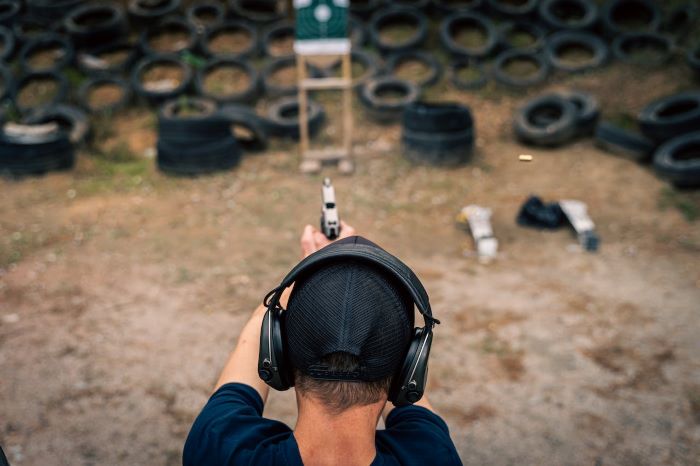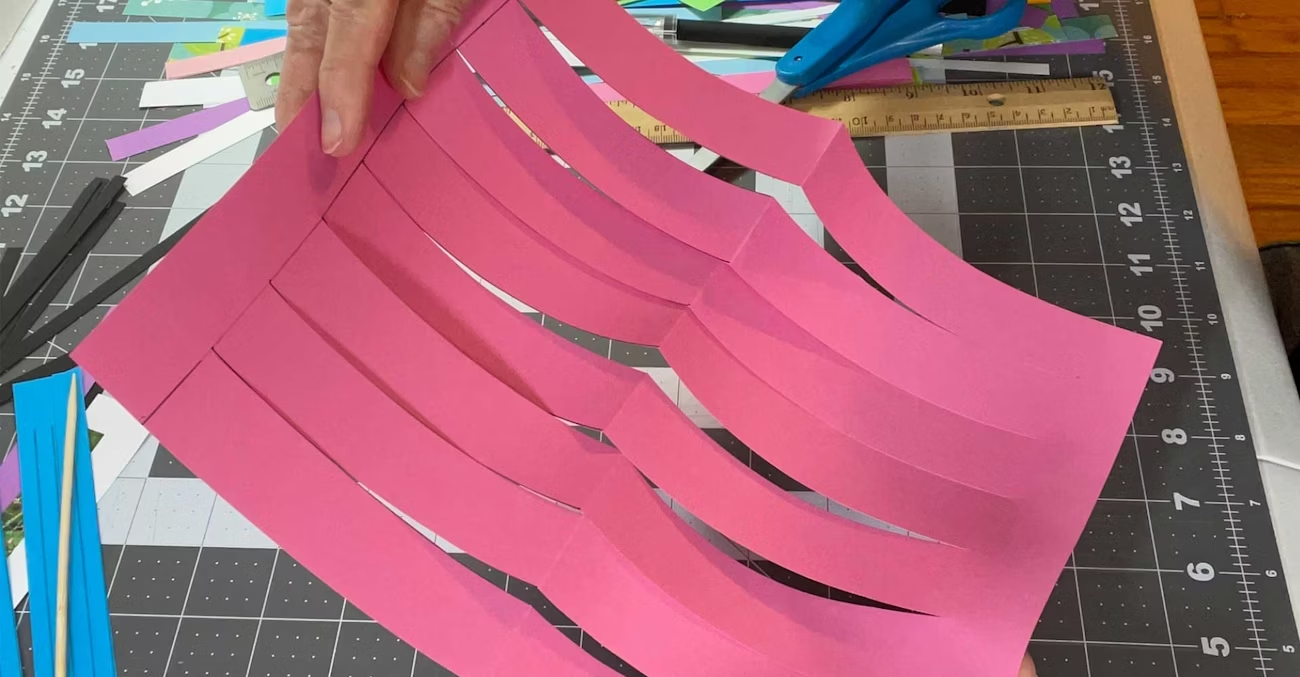The decision to own a firearm for personal protection is a significant one, involving both responsibility and an understanding of self-defense needs. Our aim to guide individuals in choosing the most suitable personal protection firearm, considering various factors such as purpose, legal aspects, comfort, and skill level.
1. Understanding Your Needs
Before selecting a firearm, it’s essential to assess your personal defense needs. Are you looking for home defense, or do you require a weapon for concealed carry? Different scenarios might necessitate different types of firearms. For instance, a shotgun might be more suitable for home defense due to its stopping power, whereas a compact handgun might be better for concealed carry.
2. Legal Considerations
It is crucial to understand and comply with the laws in your area regarding firearm ownership. This includes knowing the legal requirements for purchasing, carrying (both open and concealed), and using a firearm for self-defense. Ensure you’re aware of the necessary permits, training, and background checks required in your jurisdiction.
3. Ergonomics and Comfort
The firearm you choose should fit comfortably in your hands. A good grip is essential for control and accuracy. It’s important to physically handle multiple firearms to find one that feels right. Consider factors such as the size, weight, and balance of the gun, as well as the ease of operation. Models like the SIG SAUER P365 X MACRO are designed with ergonomics in mind, making them a popular choice for many users.
4. Caliber and Recoil Management
The caliber of the firearm is a critical factor. While a larger caliber may offer more stopping power, it also comes with more significant recoil. Choose a caliber that you can manage comfortably. For many, a 9mm handgun strikes a good balance between power and manageability. It’s also essential to consider the availability and cost of ammunition.
5. Capacity and Reliability
Consider the magazine capacity of the firearm. More rounds might offer a sense of security, but they also add weight and size. Additionally, reliability is non-negotiable. A personal protection firearm must function correctly every time. Research and choose brands and models known for their reliability.
6. Training and Proficiency
Owning a firearm for personal protection also requires a commitment to regular training and practice. Familiarize yourself with your firearm and practice regularly to maintain proficiency, especially under stress. Consider enrolling in self-defense shooting courses to improve your skills and understanding of defensive shooting principles.
7. Concealability and Accessibility
If you’re considering a firearm for concealed carry, think about how easily you can conceal and access it. This includes considerations of the firearm’s size and weight, as well as your clothing choices and accessories like holsters.
8. Maintenance and Care
Understand the maintenance needs of your firearm. Regular cleaning and proper storage are essential for the reliability and longevity of the gun. Ensure you’re comfortable with the disassembly, cleaning, and reassembly of your chosen firearm.
9. Budget and Extras
Budget is a practical consideration. Remember that the cost of the firearm is just the beginning. There will be ongoing expenses for ammunition, range time, training, accessories, and maintenance. Also, consider investing in additional items such as a quality holster, extra magazines, and a safe storage solution.
10. Making an Informed Decision
Finally, take the time to research and make an informed decision. Read reviews, ask for recommendations from experienced shooters, and if possible, test different firearms at a shooting range. Your choice should be one that you feel confident and comfortable with, as it is a tool for your safety and protection.
Conclusion:
Choosing the right personal protection firearm is a personal and significant decision. It requires careful consideration of your specific needs, legal compliance, comfort, skill level, and budget. Remember, owning a firearm for personal protection also comes with the responsibility of regular training and safe handling. Make your decision wisely, stay informed, and stay safe.




